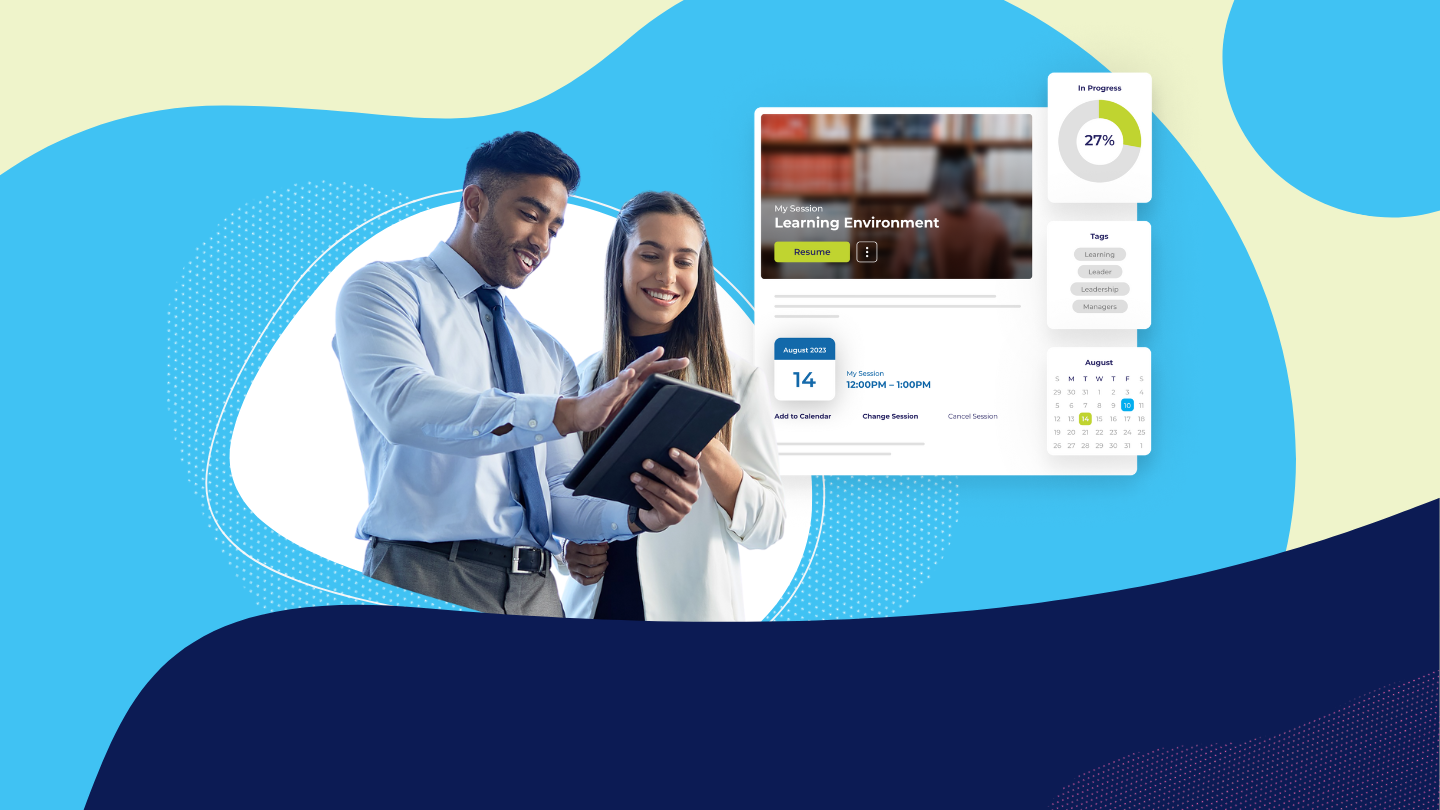You've just received some great news: The C-suite's on board with implementing a new learning management system. While you're probably eager to get started, take time to ensure the curriculum lives up to your expectations. Below are four mistakes to avoid with your LMS curriculum implementation. Sidestep these pitfalls with a few tips up your sleeve.
1. Lack of alignment with business objectives
It can be tempting to choose a curriculum based on trends or available content, but this approach won't deliver meaningful results. Instead, align employee learning with company goals. If you don't, your L&D strategy will appear unfocused, losing your employees' interest and your C-suite's buy-in. But you can prompt—and retain—both high levels of engagement and investment by beginning with a clear vision for your curriculum.
2. Overlooking KPIs
In addition to aligning your LMS curriculum with business objectives, you need to track the key performance indicators that'll deliver insights on its progress and success. For example, if your goal is developing higher quality products, your training should result in reduced returns or customer complaints. If your objective is to improve customer service, watch your customer satisfaction rating or average issue resolution times. Another KPI to consider is your training completion rates. A low completion rate or long completion time might indicate a weakness in your curriculum. Look at your learner feedback to see if there are notes about disconnect or confusion in the material. After you've reached your goal, it's time to begin the cycle all over again: pick a new objective, tailor training around it, achieve, repeat.
3. An overly complex experience
Designing a user-friendly curriculum means understanding that time is a precious workplace commodity. The curriculum and LMS interface should be intuitive, logically navigating employees through the content, so they spend less time searching for answers and more time actually learning. Lessons should also get to the point quickly. Most workers don't have hours-long, wide-open windows in their day, so shorten lessons to just a few minutes and break them into digestible bits for easy consumption.
4. Failure to learn from your learners
Finally, you want to consider the feedback of your users. Look at learner activity, progress and competencies. Review the reports, assessments and course evaluations to get first-hand insights on the L&D program. When you listen to your platform users, you can improve your course curriculum by implementing suggestions or correcting shortcomings. By taking your time to set up your LMS curriculum correctly, you'll better engage your learners and deliver on the value the C-suite saw when it approved implementation. This will in turn reap rewards in the form of continued investment and loyalty from employees—94% of whom, according to a U.S.-based LinkedIn report, said they'd stay longer at a company that invests in their careers. Dodge these common LMS curriculum pitfalls so you can focus on setting your employees and your bottom line up for success.




.png)


.png)